Bugatti: A Quintessential Blend of Art and Engineering
Bugatti holds an illustrious position at the pinnacle of the automotive pyramid, a brand synonymous with the zenith of design and engineering. The Bugatti tale is one of a brand propelled to legendary status by its extraordinary W16 engines, speed-shattering records, sumptuous customizations, and multimillion-euro pricing—a marque truly fit for the apex of the global automotive industry.
Yet, even this centenarian automotive icon has seen its share of highs and lows throughout its storied history.
The Italian Inception of a French Marque in German Hands
Founded in 1909 by Italian-born Ettore Bugatti in the town of Molsheim, France—a region under German rule at the time—Bugatti is an embodiment of blend between French, Italian, and German influences, all integral to the brand’s DNA. Bugatti quickly rose to prominence, becoming synonymous with luxury performance vehicles enriched by Ettore’s distinctive artistic flair.
Early models such as the Type 13, Type 35, and Type 57C not only triumphed in performance but were also marked by striking aesthetic appeal. The Type 35, in particular, dominated racetracks in the 1920s and 1930s, making it one of the most victorious racing cars of its era.
Kings of the Road: The Golden Era of Bugatti
Apart from racing triumphs, Bugatti carved a niche in the luxury segment with the Type 41 Royale, designed by Ettore Bugatti for royalty and the elite. Debuting in 1927, it was among the most powerful and luxurious automobiles of its time. Despite its grandeur, the Great Depression led to a production of only six units, making it a rare legend in automotive history.
The onset of World War II and personal tragedies for Ettore Bugatti marked the brand’s initial decline towards bankruptcy.
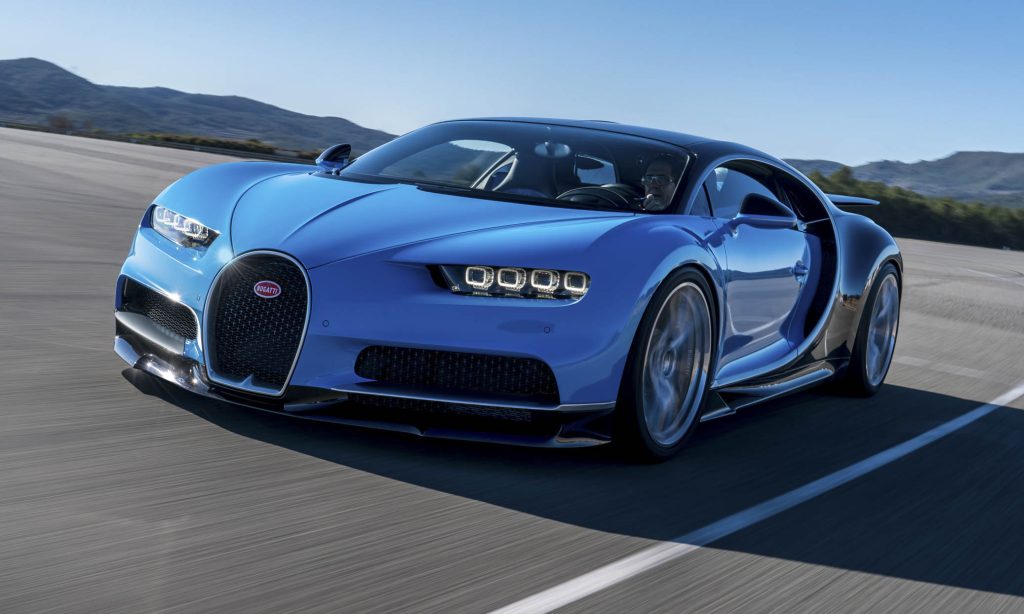
Bugatti’s Colossal War-Era Icon, the Type 41
The outbreak of war struck a devastating blow to European industrial production. Bugatti saw its Molsheim factory overtaken and production halted with the German invasion of France in 1940. The post-war environment dealt a severe blow to the factory’s equipment and resources, making a comeback difficult.
Misfortune continued with the loss of Ettore Bugatti’s son and heir, Jean Bugatti, the company’s principal designer who tragically died during a test drive in 1939. Ettore’s health deteriorated after the war, passing away in 1947 and with him, the spirit of Bugatti. The company ceased operations in 1952.
The 90s Renaissance: Artioli’s Dream Revived
Lying dormant post-World War II, Bugatti remained out of the spotlight until 1987 when Italian entrepreneur Romano Artioli acquired the Bugatti marque, aiming to revive its legacy. Establishing a modern factory in Modena, Italy, Artioli spearheaded the development of a new era of supercars.
The 1991 release of the EB110, on Ettore Bugatti’s 110th birthday, marked a significant milestone. Powered by a 3.5-liter quad-turbocharged V12 engine, the EB110 was a marvel of performance, featuring all-wheel drive and a carbon fiber chassis. Despite the EB110’s technological accomplishments, Bugatti wasn’t immune to the turbulent market of the 90s, declaring bankruptcy once more in 1995.
Volkswagen’s Grand Vision: Bugatti’s Resurrection
Acquired by Volkswagen Group in 1998, Bugatti embarked upon a fresh revival journey. The release of the Veyron 16.4 in 2005, with its world-leading speed, power, and luxury, redefined Bugatti’s persona. Extending beyond the Veyron’s successes, Bugatti introduced various models including the Super Sport and Grand Sport Vitesse, continual benchmarks for excellence in the industry.
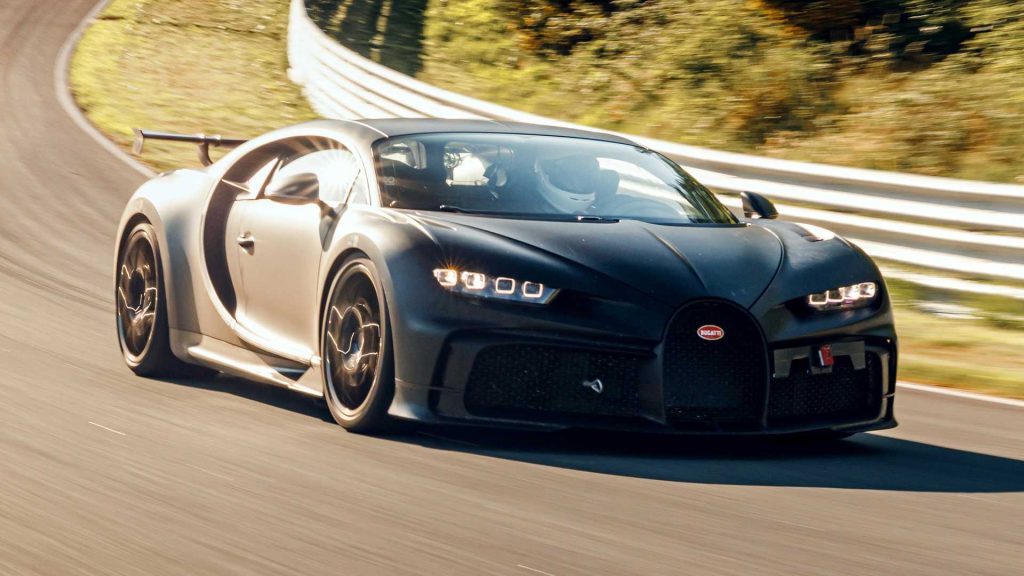
Bugatti’s Hybrid Horizon: The Tourbillon Vision
Recently, Bugatti unveiled the Tourbillon, a hypercar descendant of the Chiron, boasting a naturally aspirated V16 engine coupled with triple electric motors. The Tourbillon is Bugatti’s ode to the art of horology, named after the intricate watch mechanism that combats the effects of gravity on timekeeping accuracy—a testament to mechanical artistry persevering in an era of new energy.
Conclusion: The Artistic Gem of a New Era
From its pre-war splendor and 90s high notes to a modern-day renaissance under Volkswagen’s stewardship, the Bugatti journey is an epic narrative. From classics like the Type 35 and Type 41 Royale to modern marvels such as the Veyron and Chiron, Bugatti continues to capture hearts with performance, innovation, and unparalleled luxury standards.
The recent Tourbillon stands as a reaffirmation of Bugatti’s stature in the hypercar market, a harbinger of boundless creative collaborations and innovations. Looking back and ahead, Bugatti remains a dream reserved for the few—a legendary act, narrating the pinnacle dream of the automotive industry.




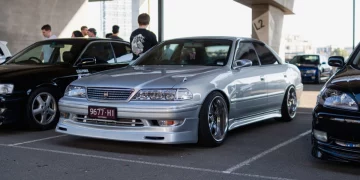

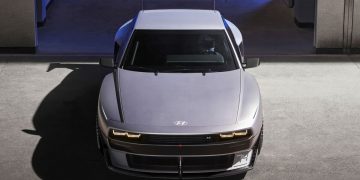

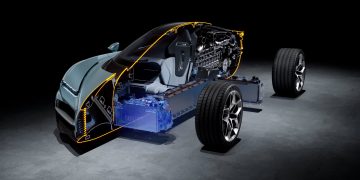





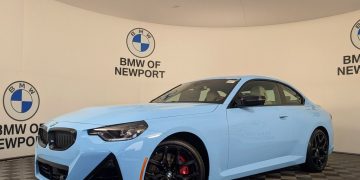






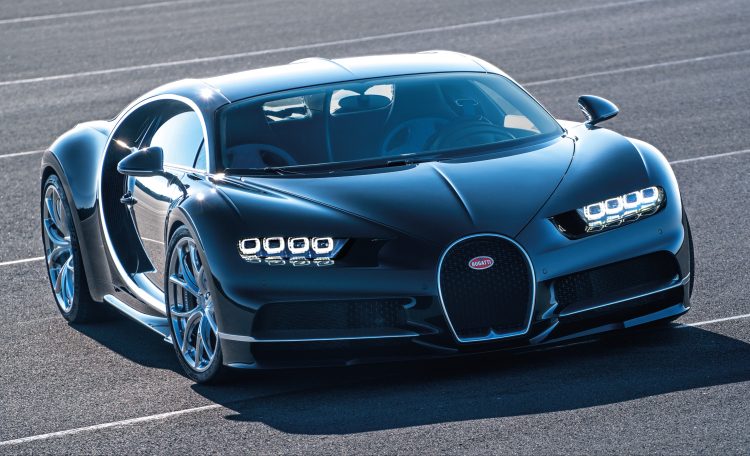












Discussion about this post